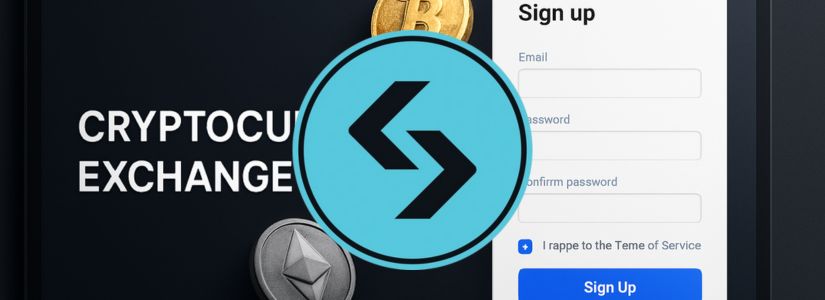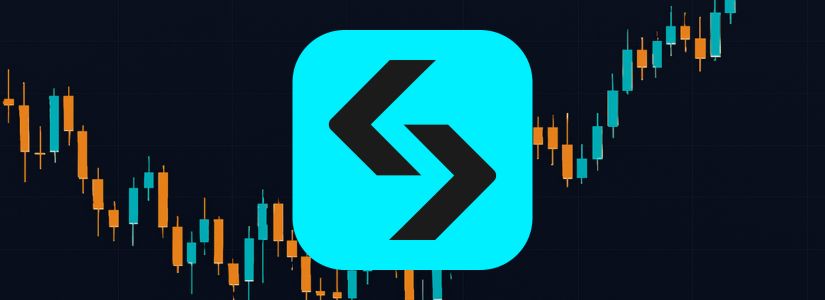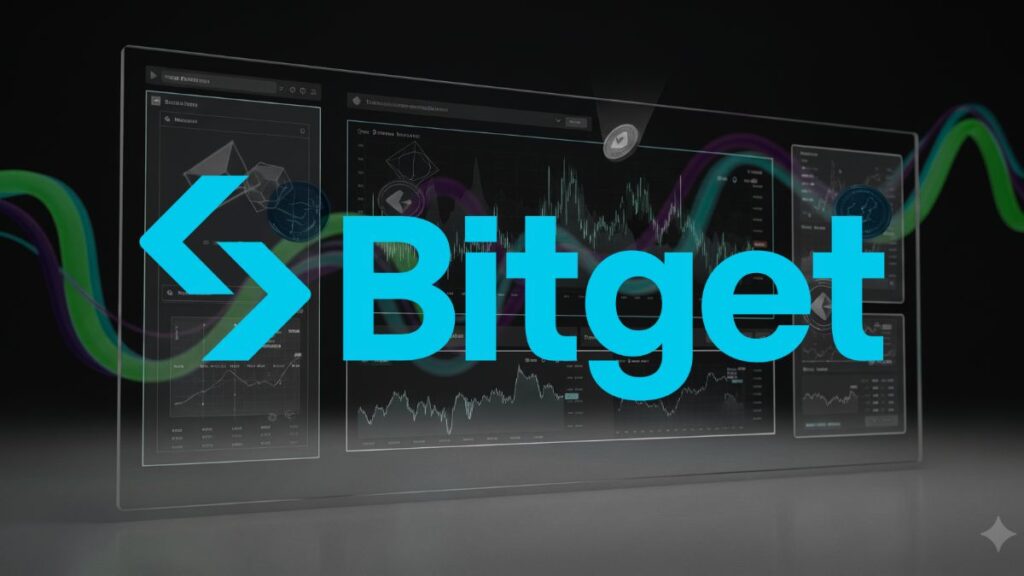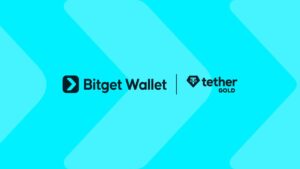In the dynamic landscape of digital finance, Bitget has established itself as a comprehensive platform facilitating access to crypto markets and Web3 services. This article provides a thorough analysis of the exchange, exploring its operational foundations, product architecture, and the strategic value of its native ecosystem.
What is Bitget?

Founding and Global Presence
Bitget is a premier cryptocurrency exchange established in 2018, initially gaining traction through its advanced futures trading platform. Headquartered in Singapore, the exchange has expanded its global footprint by registering in Seychelles to facilitate international operations and partnerships.
This strategic move supports its mission to serve a diverse user base across over 200 countries and regions, leveraging a team of industry experts to drive innovation in the crypto space. Under the leadership of founders like Sandra Lou and Managing Director Gracy Chen, Bitget has evolved into a comprehensive digital asset platform.
Core Service Offerings
The exchange provides a wide array of services, including spot trading, derivatives trading, and copy trading, which allows users to mimic the strategies of experienced traders. Beyond these, Bitget offers staking programs, crypto loans, and unique investment products like Dual Investment and Shark Fin, designed to cater to both novice and seasoned investors.
Its platform supports over 600 cryptocurrencies and 690 trading pairs, enabling users to engage with markets beyond Bitcoin and Ethereum. Additionally, Bitget integrates Web3 features through its non-custodial wallet, enhancing its ecosystem with DeFi capabilities.
User Base and Market Position
With over 20 million users worldwide, Bitget ranks among the top five crypto derivatives exchanges and is the leading platform for copy trading. Its daily trading volume often exceeds $10 billion, reflecting its liquidity and reliability. The exchange has secured operational licenses in multiple jurisdictions, including the U.S., Canada, and Australia, ensuring compliance with regional regulations.
This global compliance framework, combined with a user-friendly interface available in 20+ languages, positions Bitget as an accessible and trustworthy choice for traders seeking a robust trading environment.
Mission and Vision
Bitget aims to be a one-stop destination for digital asset trading, emphasizing accessibility, innovation, and security. Its vision centers on democratizing crypto trading by offering tools like copy trading and educational initiatives such as Bitget Academy, which empowers users through blockchain education.
The exchange also prioritizes transparency through measures like its $300 million Protection Fund, safeguarding user assets against potential threats. By continuously expanding its product suite and global partnerships, Bitget strives to bridge traditional finance with the evolving Web3 landscape.
How Does Bitget Work?

Account Creation and Verification
Starting your journey on Bitget is easy with a simple registration process that you can access using your email or mobile number. Following account setup, users are encouraged to complete identity verification to enhance security and unlock higher transaction limits.
This foundational step ensures a secure and compliant trading environment, aligning with global regulatory standards. The platform supports a multilingual interface, catering to a diverse international user base and facilitating seamless navigation from the outset.
Deposits and Asset Management
Funding your Bitget account is designed for flexibility, offering multiple deposit methods. Users can purchase cryptocurrencies directly using fiat currencies through integrated payment providers, supporting over 140 fiat options and methods like credit cards and bank transfers.
Alternatively, on-chain transfers allow assets to be moved from external wallets or exchanges. Once deposited, funds are managed across dedicated accounts for spot, futures, or earning products, enabling efficient allocation for different strategies.
Core Trading Mechanisms
Bitget offers a complete trading environment that includes spot, futures, and margin trading. Spot trading allows immediate execution at market prices, while futures trading offers leverage up to 125x for advanced strategies. The platform’s order-matching system supports various order types such as limit, market, and trigger orders, ensuring precision for diverse trading styles. Additionally, automated trading bots, including grid and arbitrage bots, enable algorithmic execution without constant manual oversight.
Copy Trading and Social Features
A standout functionality is Bitget’s copy trading system, which allows users to replicate the strategies of experienced traders automatically. By selecting a signal provider based on performance metrics, users can allocate funds to mirror trades in real-time.
This social trading system creates a teamwork atmosphere where experienced traders offer advice, and followers gain from their knowledge. The system supports both spot and futures copy trading, broadening accessibility for passive income seekers.
Security and Risk Management
Bitget employs a robust security architecture combining cold and hot wallet segregation for asset storage. The platform’s $300 million Protection Fund acts as a safety net against potential threats, while monthly Proof of Reserves audits ensure transparency and solvency. Users can activate two-factor authentication and monitor account activity for added security. These measures, coupled with real-time risk analysis, create a fortified environment for trading and asset management.
Additional Tools and Ecosystem Integration
Beyond core trading, Bitget integrates Web3 features through its non-custodial wallet, enabling access to decentralized applications and swaps. The platform’s Earn suite includes structured products like Shark Fin and Dual Investment, offering yield-generating opportunities. Educational resources through Bitget Academy and a user-friendly mobile app further enhance the overall experience, ensuring users have holistic support for their crypto journey.
What is the BGB Token?

Core Definition and Purpose
The BGB token is the native utility token powering the entire Bitget ecosystem, serving both its centralized exchange and decentralized wallet services. Functioning as an ERC-20 token on the Ethereum blockchain, it was designed to enhance user engagement and provide exclusive benefits within the platform.
Unlike mere exchange tokens, BGB operates as a multifaceted asset integrating CeFi and DeFi applications, enabling holders to access financial tools, governance rights, and real-world spending utilities. Its creation aimed to unify Bitget’s offerings while incentivizing loyalty through a robust deflationary model and diverse use cases.
Primary Utilities and Benefits
BGB holders enjoy reduced trading fees, early access to Launchpad and Launchpool projects, and opportunities for staking and passive income generation. The token facilitates copy trading commissions, voting rights for platform decisions, and eligibility for airdrops.
Additionally, it supports practical applications like gas fee payments on Bitget Wallet and discounted transactions via Bitget Pay and Card partnerships with global merchants. These utilities collectively enhance user experience while fostering deeper integration between traditional finance and decentralized ecosystems.
Is the BGB Token a Good Investment?
BGB presents a compelling investment case due to its deflationary tokenomics, including quarterly buyback-and-burn mechanisms funded by platform profits, which reduce supply and potentially increase scarcity. Its intrinsic link to Bitget’s growing ecosystem adds fundamental strength.
However, investors must consider risks such as volatility, regulatory uncertainties, and dependence on Bitget’s sustained performance. The token’s historical growth and utility-driven demand suggest long-term potential, but thorough due diligence remains essential.
Tokenomics and Strategic Design
BGB originally had a max supply of 2 billion tokens, but proactive burns reduced this to 1.2 billion, with all tokens now in circulation. The deflationary model includes quarterly burns based on on-chain activity and platform revenue, aiming to annually reduce supply by 5%. Distribution emphasizes ecosystem incentives, staking rewards, and governance, aligning tokenholder interests with platform growth.
Conclusion
Bitget positions itself as a comprehensive platform that transcends the traditional concept of an exchange, integrating CeFi and DeFi services within a unified ecosystem. Its focus on innovation, accessible security, and tools like copy trading demonstrates a solid commitment to the evolution of the digital financial sector.










